
Christian Stenhammar (1783-1866) was a Swedish naturalist interested in lichens and an entomologist who specialised in Diptera.His collection is held by Uppsala University. He was a clergyman.

Christian Stenhammar (1783-1866) was a Swedish naturalist interested in lichens and an entomologist who specialised in Diptera.His collection is held by Uppsala University. He was a clergyman.
They have been several genera named to honour Christian Stenhammar including;
SteenhameraKostel. 1834, StenhammariaLilja 1843 and StenhammariaNyman 1881 (all from the Boraginaceae family) are all listed as 'doubtful' genera as they don't have any species listed. [7]
The standard author abbreviation Stenh. is used to indicate this person as the author when citing a botanical name. [8]
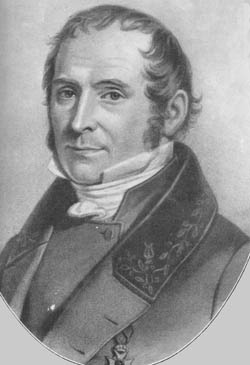
Elias Magnus Fries was a Swedish mycologist and botanist. He is sometimes called the "Linnaeus of Mycology". In his works he described and assigned botanical names to hundreds of fungus and lichen species, many of which remain authoritative today.
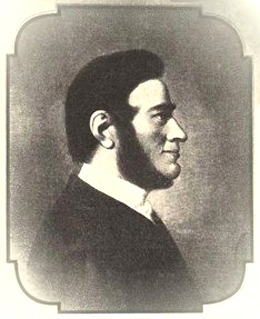
Carl Borivoj Presl was a Czech botanist.
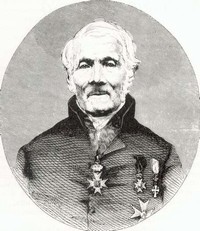
Johan Wilhelm Zetterstedt was a Swedish naturalist who worked mainly on Diptera and Hymenoptera.

Karl Wilhelm Gottlieb Leopold Fuckel was a German botanist who worked largely on fungi.
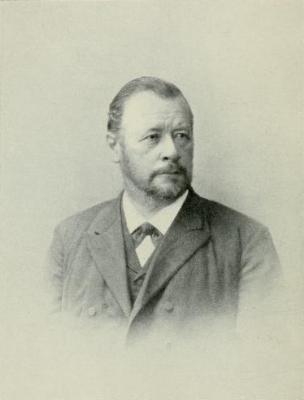
Max Britzelmayr was a German mycologist and lichenologist who was a native of Augsburg.

Julius von Flotow; full name- Julius Christian Gottlieb Ulrich Gustav Georg Adam Ernst Friedrich von Flotow was a German military officer and a botanist specialized in lichenology and bryology.
Nicolas Charles Seringe was a French physician and botanist born in Longjumeau.
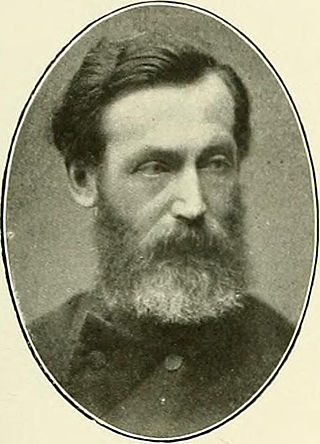
Ferdinand Christian Gustav Arnold was a German lichenologist and taxonomist born in Ansbach, Bavaria. Even as a high school student he showed an active interest in botany: "Ich und August Gattinger ... durchstreiften von November 1846 bis zum Spätherbst 1847, Pflanzen sammelnd, die Landschaft von München nach allen Richtungen.".
Aino Marjatta Henssen, was a German lichenologist and systematist. Her father, Gottfried Henssen, was a folklorist and her mother was Finnish.
Jean-Nicolas Boulay was a French clergyman, bryologist and paleobotanist.

Casimir Roumeguère was a French botanist and mycologist.
George Knox Merrill was an American lichenologist. He was a leading exponent of lichenology in the early 20th century. He was particularly interested in species of the family Cladoniaceae, in which he published several new species, varieties, and forms. In 1909 he started publishing Lichenes Exsiccati, which he continued intermittently until 1927; 400 specimens were presented in two exsiccata series.
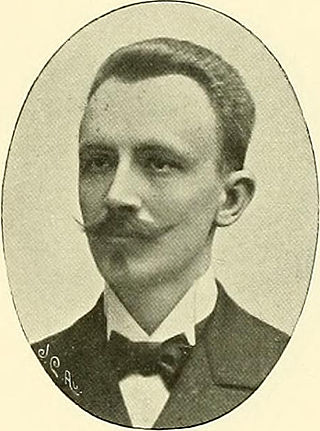
Gustaf Oskar Andersson Malme was a Swedish botanist.
Syo Kurokawa was a noted Japanese lichenologist and 1994 recipient of the Acharius Medal. He studied under Mason Hale and Yasuhiko Asahina. Between 1966 and 1987 he edited the exsiccata Lichenes rariores et critici exsiccati, starting with 1978 together with H. Kashiwadani.
Viktor Litschauer was an Austrian mycologist.
Rudolf Goerz was a German botanist.
Josef Nádvorník was a Czech lichenologist. He was an authority on lichens of the order Caliciales and, in particular, the genus Physcia.

Johan Johnsen Havaas (Havås) was a farmer and botanist from Granvin in Hordaland.

Exsiccata is a work with "published, uniform, numbered set[s] of preserved specimens distributed with printed labels". Typically, exsiccatae are numbered collections of dried herbarium specimens or preserved biological samples published in several duplicate sets with a common theme or title, such as Lichenes Helvetici. Exsiccatae are regarded as scientific contributions of the editor(s) with characteristics from the library world and features from the herbarium world. Exsiccatae works represent a special method of scholarly communication. The text in the printed matters/published booklets is basically a list of labels (schedae) with information on each single numbered exsiccatal unit. Extensions of the concept occur.
Philipp Franz Wilhelm von Zwackh-Holzhausen was a German botanist and mycologist.